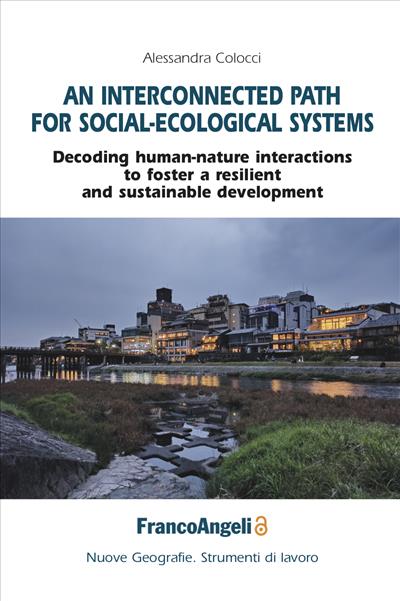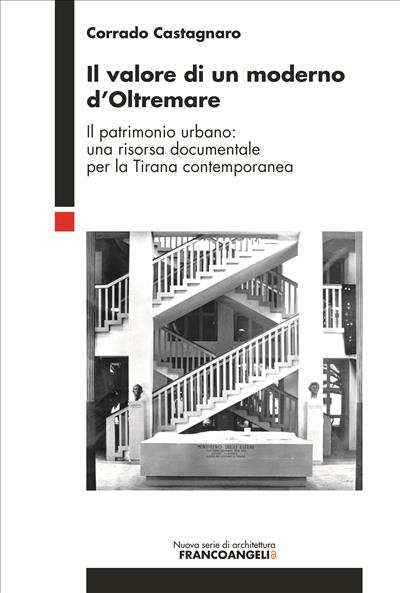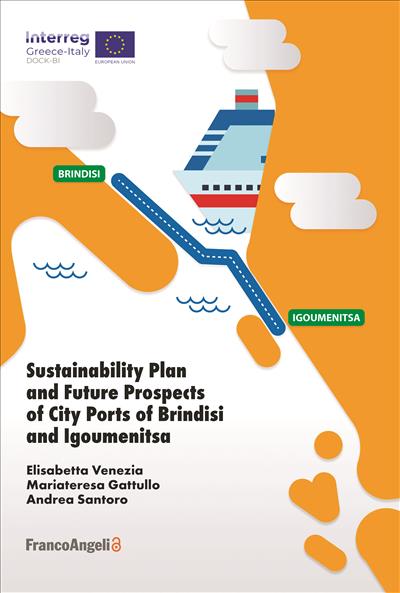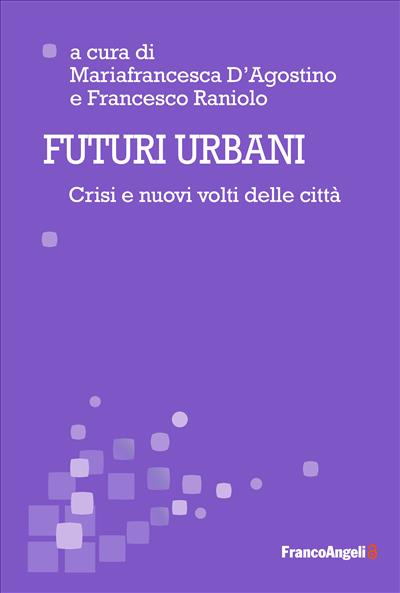
An interconnected path for social-ecological systems
Decoding human-nature interactions to foster a resilient and sustainable development
In an era of environmental changes, where risks are becoming ever so grave for humans and non-humans across the planet, how to devise a development path that minimizes the threats? This research tries to address this question, building on the fundamental tenet that humans and nature are inextricably interconnected, and such an interdependence shapes their shared future. It is time to close the gap between resilience and sustainability when devising a common development path.
Pagine: 266
ISBN: 9788835167440
Edizione:1a edizione 2024
Codice editore: 11111.16
Informazioni sugli open access




